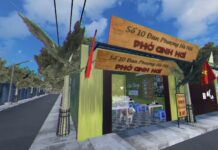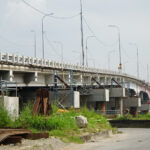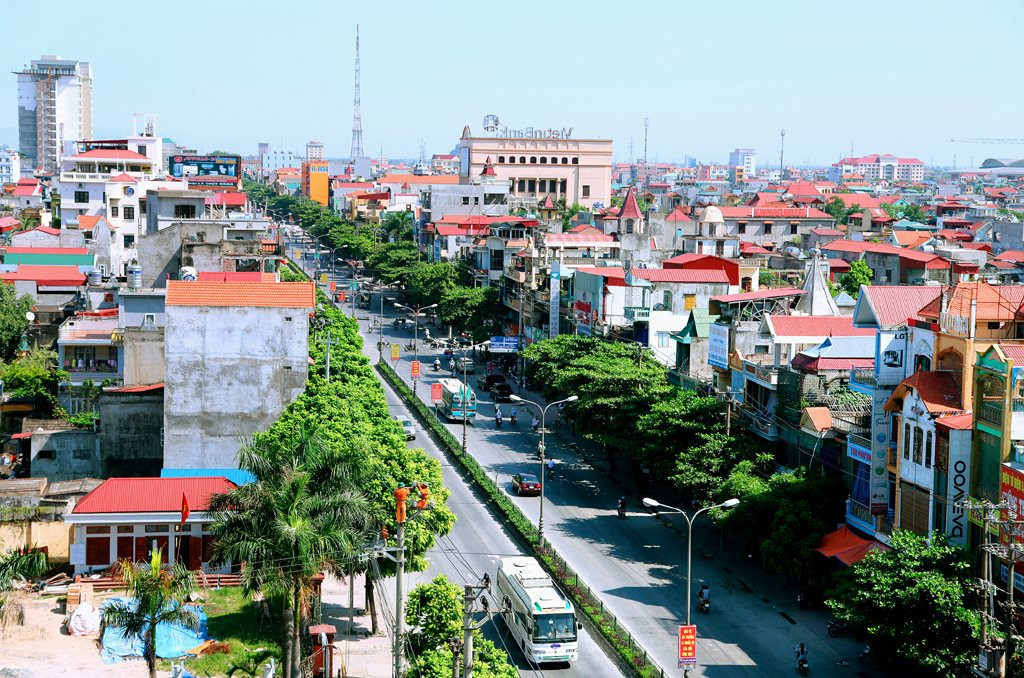
The People’s Council of Ninh Binh province has adopted Resolution No. 55/NQ-HĐND on the approval of the scheme for the rearrangement of administrative units at the district and communal levels in Ninh Binh province for the 2023 – 2025 period, according to the Ninh Binh Newspaper.
Accordingly, the establishment of Hoa Lu city was approved, along with the rearrangement of communal-level administrative units and the establishment of new wards under the city.
Hoa Lu City will be formed by merging the entirety of Hoa Lu district’s 103.49 square kilometers of natural area and 83,613 people with 46.75 square kilometers of natural area and 154,596 people from Ninh Binh city.
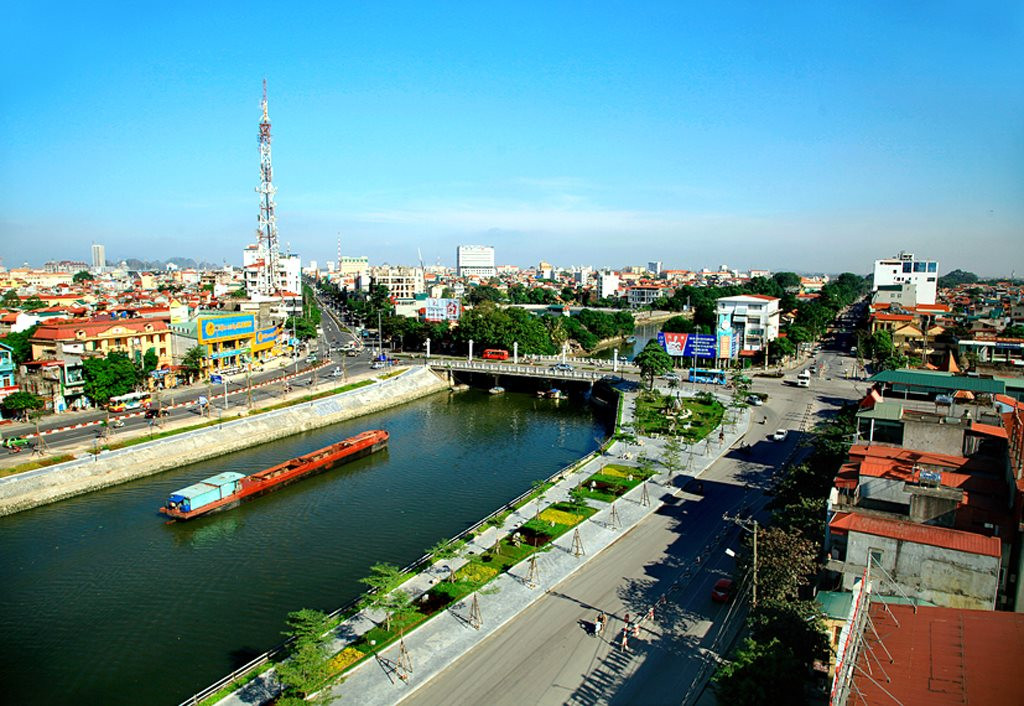
Ninh Binh city and Hoa Lu district will merge to form Hoa Lu city.
Hoa Lu city will have a natural area of 150.24 square kilometers and a population of 238,209 people after its establishment.
Hoa Lu city’s administrative boundaries are as follows: To the east, it borders Yen Khanh district in Ninh Binh province and Yi Yen district in Nam Dinh province; to the west, it borders Gia Vien and Nho Quan districts; to the south, it borders Yen Mo district and Tam Diep city; and to the north, it borders Gia Vien district and Yi Yen district in Nam Dinh province.
Hoa Lu City Will Only Have Wards
This resolution also approves the establishment of new wards under Hoa Lu city (the new entity). Among these, Van Giang ward will be formed by merging the entirety of Phuc Thanh ward’s 1.04 square kilometers of natural area and 14,150 people with Thanh Binh ward’s 1.57 square kilometers and 12,865 people, as well as Van Giang ward’s 0.35 square kilometers and 6,934 people.
Following its establishment, Van Giang ward will span 2.96 square kilometers and be home to 33,949 people.
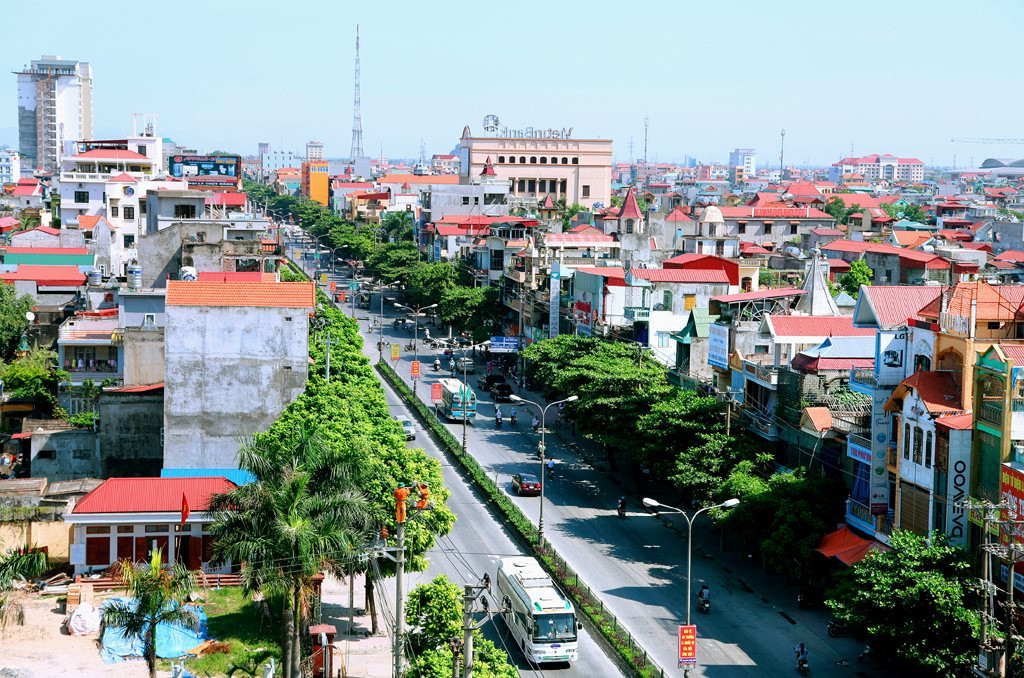
Ninh Nhat ward will be established by merging Ninh Xuan commune’s 9.75 square kilometers of natural area and 4,826 people with Ninh Nhat commune’s 7.26 square kilometers and 7,256 people.
Following its establishment, Ninh Nhat ward will cover 17.01 square kilometers of land and be home to 12,082 residents.
To create Ninh Hai ward, merge Ninh Thang commune’s 4.23 square kilometers of natural area and 4,950 people with Ninh Hai commune’s 21.9 square kilometers and 7,031 people.
Following its establishment, Ninh Hai ward will have a natural area of 26.13 square kilometers and a population of 11,981 people.
Ninh My ward will be formed by merging Ninh My commune’s 4.06 square kilometers of natural area and 7,327 people with Thien Ton town’s 2.19 square kilometers and 4,817 residents.

Following its establishment, Ninh My ward will have a natural area of 6.25 square kilometers and a population of 12,144 people.
Ninh Phuc ward will be established with a natural area of 6.3 square kilometers and a population of 11,153 people from Ninh Phuc commune.
Ninh Tien ward will be established, spanning 5.18 square kilometers of natural area and home to 7,463 people from Ninh Tien commune.
Ninh Giang ward will be established with a natural area of 6.47 square kilometers and a population of 8,045 people from Ninh Giang commune.
Hoa Lu City Aims to Become an Urban Area of the First Category
According to the Ninh Binh Province Department of Home Affairs, following the establishment of Hoa Lu city and the rearrangement of communal-level administrative units to form new wards, the province will integrate the existing number of civil servants, public employees, officials, and laborers from the administrative units involved in the rearrangement.
“Hoa Lu city will be developed as a historic capital and heritage-based city, leveraging its natural, ecological, and cultural-historical values, including its UNESCO-recognized cultural and natural heritage sites.”
This is because Hoa Lu was Vietnam’s first feudal centralist capital, lasting 42 years (968-1010) and spanning three consecutive dynasties: the Dinh, Early Le, and Ly.
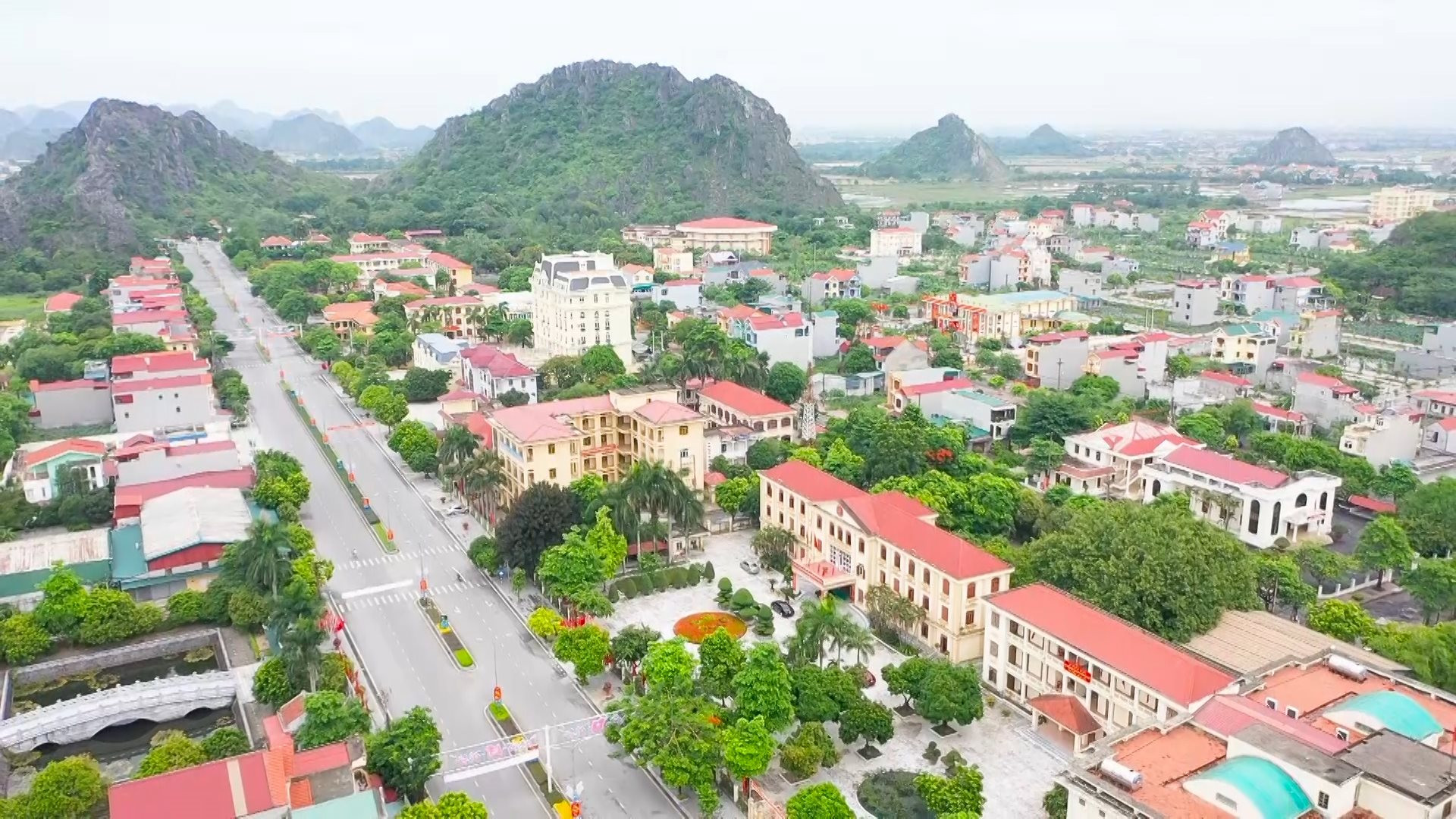
Ninh Binh city was designated as an urban area of the second category in 2014. The Ninh Binh Province Planning clearly states the direction of planning the system of urban areas and organizing the rural area, which includes merging Ninh Binh city and Hoa Lu district to form a new administrative unit as an urban area of the first category.
Following the rearrangement of district-level administrative units in the 2023 – 2025 period, Ninh Binh province will retain its natural area and population (1,411.86 square kilometers and 1,126,443 people, respectively).
There will be seven administrative units at the district level under Ninh Binh province: two cities (Hoa Lu city and Tam Diep city) and five districts (Gia Vien, Nho Quan, Yen Mo, Yen Khanh, and Kim Son), representing a reduction of one district-level administrative unit.
There will be 125 administrative units at the communal level: 98 communes, 21 wards, and six towns (a reduction of 21 communes and one town, with an increase of four wards).
Ninh Binh Province’s capital is approximately 95 kilometers from Hanoi, and can be reached by car via National Highway 1A or the Phap Van-Cau Gie Expressway.
The Rising Tide: Battling the Floods in Ninh Binh and Thanh Hoa
On September 12th, water levels in the Hoàng Long and Đáy rivers (Ninh Bình province) and the Bưởi, Cầu Chày, and Yên rivers (Thanh Hóa province) were rising. In response, authorities promptly initiated patrol and guard duties for the dikes, enacting appropriate alert levels.
Unlocking the Potential: Australia – The Next Frontier for Vietnam’s Fresh Dragon Fruit Exports
Dragon fruit harvested from farms in Vietnam can now enter the Australian market, but it must comply with biosecurity requirements. To minimize pests such as fruit flies, mites, mealybugs, and spider mites, growers must follow specific protocols to ensure their produce meets Australia’s strict biosecurity standards.





